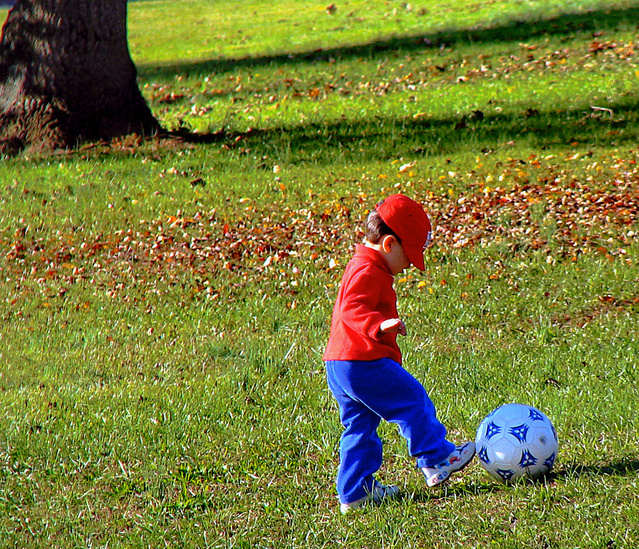As schools open and extracurricular activities resume, it’s important now and for the future, to avoid injuries in young athletes.
This article written by Catharine Paddock, Ph.D. on August 9, 2012 is excerpted from Medical News Today.
According to the National Institute of Arthritis and Musculoskeletal and Skin Diseases, which is part of the National Institutes of Health in the US, the most common sport injuries are due to accidents, poor training practices or using the wrong gear or equipment. People can also hurt themselves because they are not in shape, or because they don’t warm up or stretch enough.
Back and neck injuries are less common than sprains, fractures or knee injuries in young athletes, but when they occur, they can cause enormous frustration. The athlete must complete a comprehensive and demanding rehabilitation program before returning to competitive sport: in some cases, they may never return to their given sport.
Most back and neck injuries in athletes are sprains of ligaments or strains of muscles. Aside from trauma, these are usually due to athletic overuse, improper body mechanics and technique, being out of condition, or not stretching enough. The athlete will complain of back pain when active and performing, and will feel relief when resting.
But, occasionally, a more serious condition can have similar symptoms. Because of this, proper treatment of back and neck injuries in young athletes should always include a good evaluation by a doctor, using imaging studies when necessary.
According to the North American Spine Society, the more serious back and neck injuries include:
-
- Spondylolysis and spondylolisthesis: a particular type of defect in the vertebra of the spine (spondylolysis), and where one vertebra slips relative to another (spondylolisthesis). A common cause of back pain in young athletes, particularly gymnasts because they have to twist and hyperextend their spines.
-
- Stinger (also called “burner” or “nerve pinch”): where forcing the head back and to the side compresses a nerve of the spinal cord in the neck, or where forcing the head sideways away from the shoulder over-stretches the nerves in the neck and shoulder. Most common in football and wrestling, the injury often goes unreported because symptoms can resolve suddenly and quickly. Can recur and lead to persistent pain or arm weakness if not treated.
-
- Disc injury: a common cause of back pain in adult athletes, much less so among young athletes, it may or may not be associated with sciatica (shooting pain down the leg). Careful diagnosis, including MRI scans, can help to rule out other possible causes that can mimic disc injury in young bodies that are still growing.
It’s smart to be aware of the possible risks, but it’s no reason to stop children from becoming athletes. In fact, the American Academy of Pediatrics recommends the following tips for injury prevention in young athletes:
-
- Time off: take at least 1 day off a week to give your body time to recover.
-
- Take breaks: during practice sessions and games to reduce risk of injury and prevent heat illness.
-
- Use the correct gear: this should be right for the sport and fit properly, for instance pads for neck, shoulders, elbows, chest, knees, and shins, as well as helmets, mouthpieces, face guards, protective cups, and/or eyewear. And don’t assume because you are wearing protective gear you can perform more dangerous and risky things.
-
- Drink plenty of fluids: before, during and after exercise or play to avoid heat illness; wearing light clothing also helps. Coaches and trainers should reduce or stop practices or competitions when heat or humidity is high.
-
- Build muscle strength: do your conditioning exercises before games and during practice to strengthen the muscles you use during play.
-
- Increase flexibility: by stretching before and after games and practice.
-
- Use the proper technique: coaches and trainers should reinforce this during the playing season.
-
- Play safe: coaches and leaders should enforce strict rules against headfirst sliding (eg in baseball), spearing (football), and body checking (ice hockey), and stop the activity if there is any pain.
Read the full article from Medical News Today: https://www.medicalnewstoday.com/articles/248796

